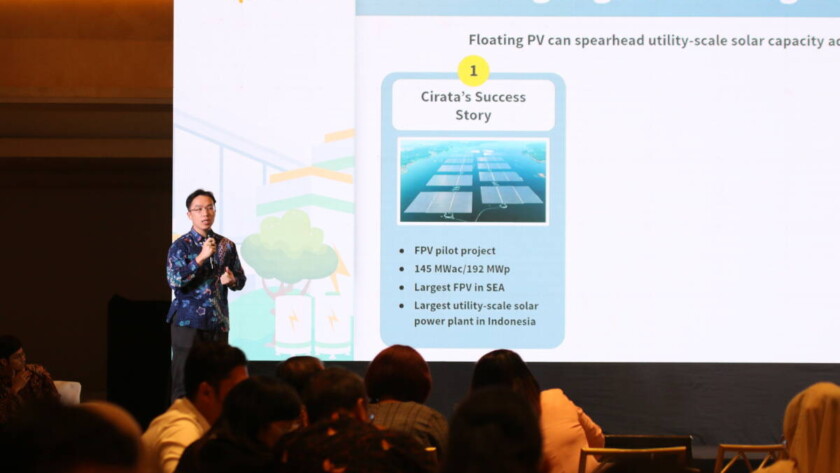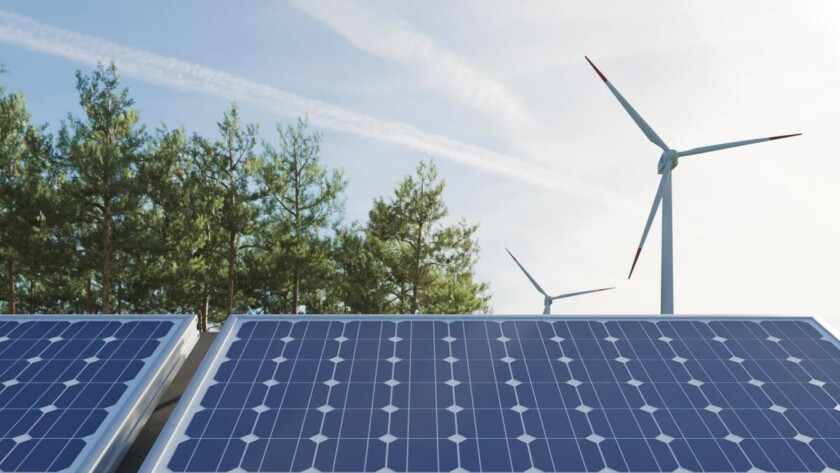Jakarta, December 12, 2024 - Energy transition is an important step that Indonesia must take to reduce carbon emissions. In fact, Indonesia has a target to achieve a renewable energy mix of 23% by 2025. However, in reality, until 2023, Indonesia's renewable energy mix had only reached 13.1% based on data from the National Energy…






